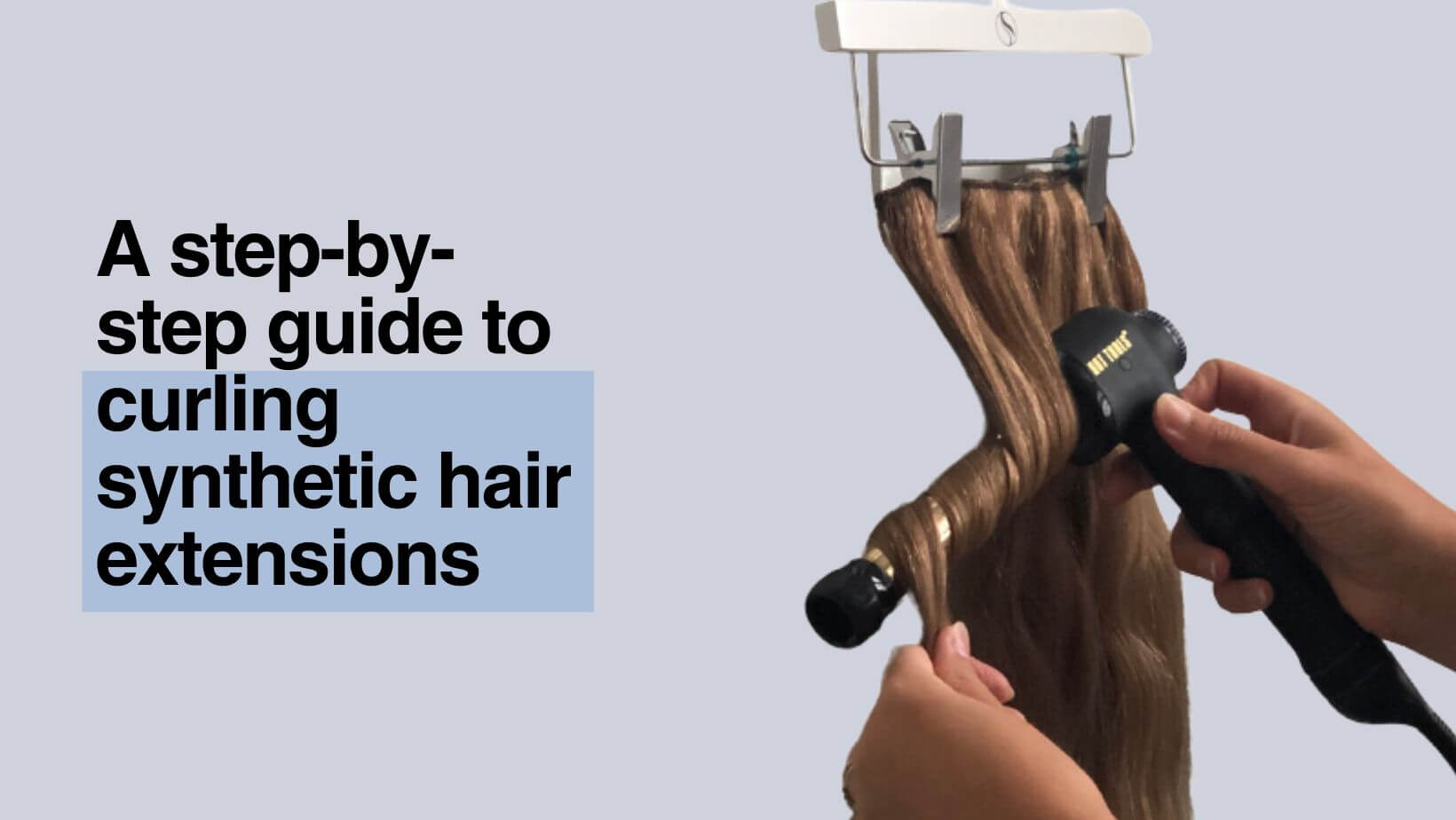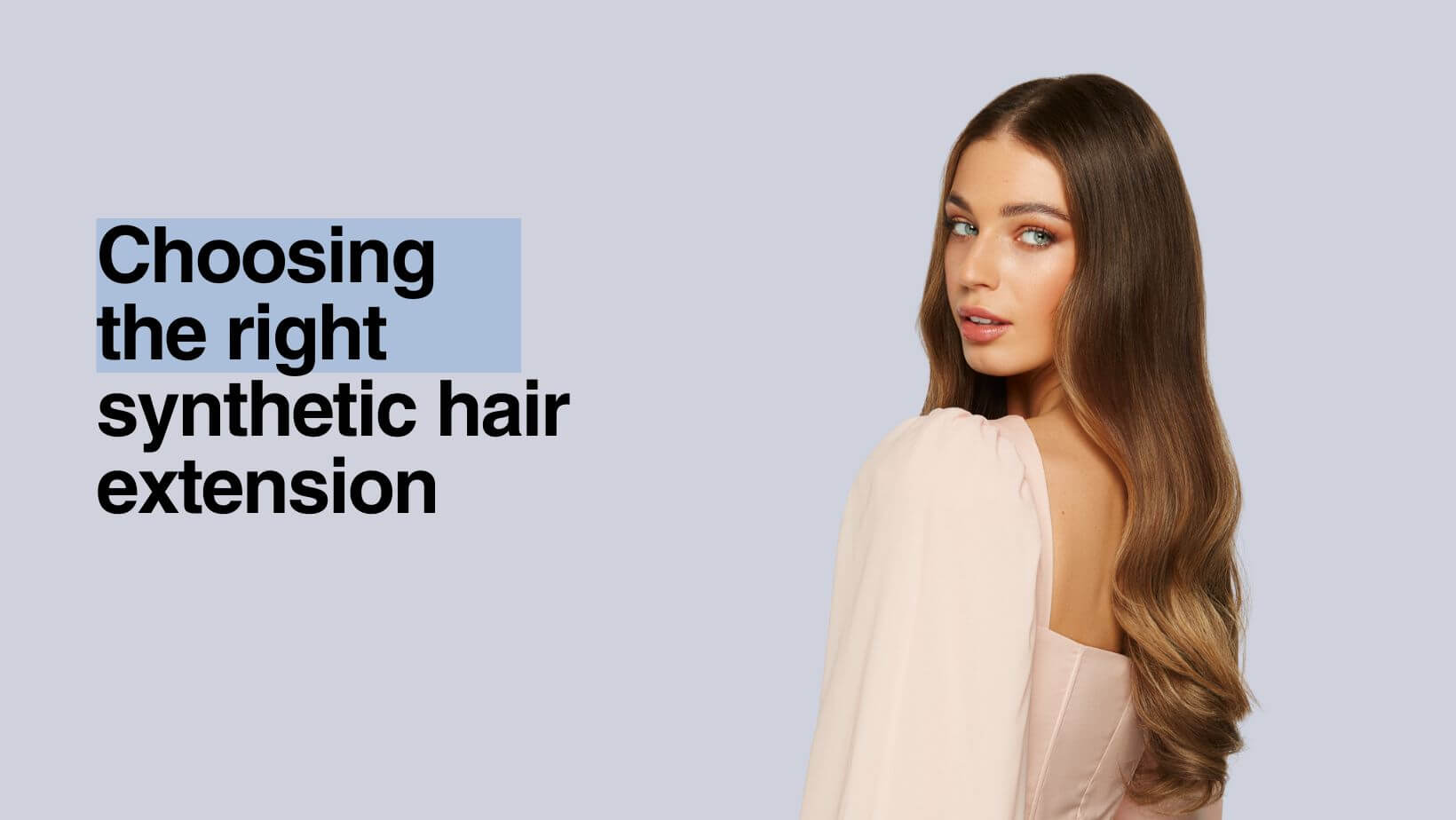When choosing between heat-resistant and non-heat-resistant hair extensions, there are several factors to consider to make the best decision for your needs. Factors such as desired hairstyle, lifestyle, and budget all play a role in determining which type of hair extensions will work best for you.
Heat-resistant fibres are an evolution of non-heat-resistant fibres. As technology and materials have advanced so have the quality and versatility of synthetic hair extensions, many synthetic hair extensions are now available in a heat-resistant material, but non-heat-resistant hair extensions are still readily available from many retailers, one of the main differences is that non-heat-resistant hair extensions usually offer a lower price point than heat-resistant fibres, but is the saving worth the drawbacks of non-heat-resistant hair extensions?
Understanding the Difference Between Heat-Resistant and Non-Heat-Resistant Hair Extensions
When choosing the right hair extensions, it's essential to understand the difference between heat-resistant and non-heat-resistant options. This distinction can greatly impact the styling options and longevity of your extensions.
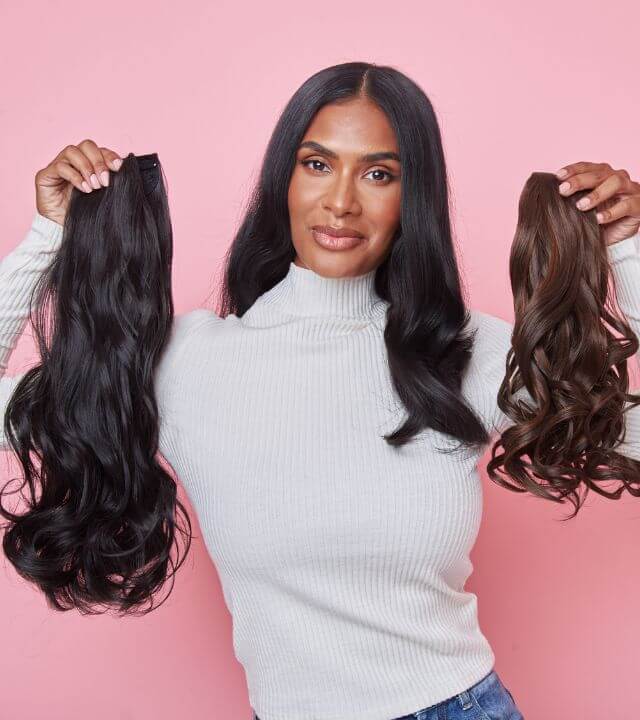
By understanding the unique qualities of each type, you can make an informed decision that best suits your styling needs and maintenance preferences.
Definition of heat-resistant hair extensions
Heat-resistant hair extensions are a popular choice for those looking to add length, volume, or colour to their hair without risking damage from heat styling tools. These extensions are designed to withstand the high temperatures of curling irons, flat irons, and blow dryers, allowing for versatile styling options.
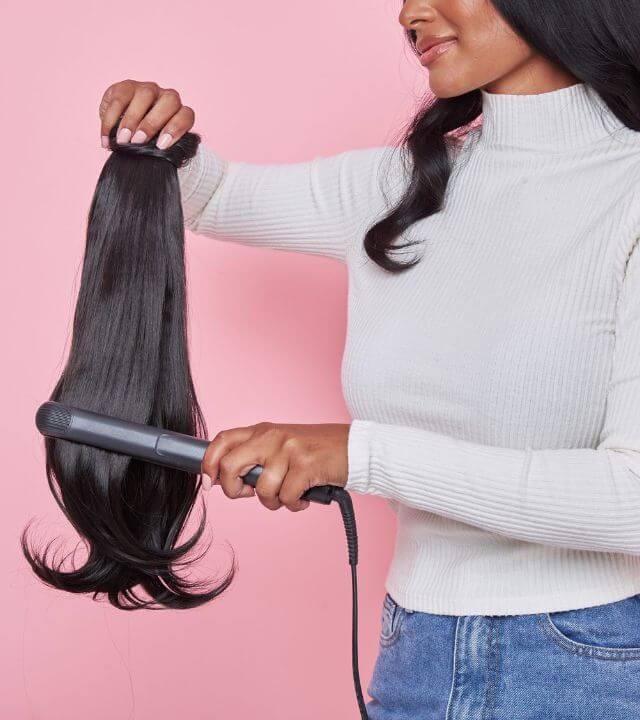
The ability to handle heat without melting or becoming damaged makes them a valuable investment for anyone who frequently styles their hair. Whether you're looking to achieve effortless waves, sleek straight locks, or a dramatic updo, heat-resistant hair extensions provide the flexibility and durability needed to achieve your desired look without compromising the health of your natural hair.
Definition of non-heat resistant hair extensions
Non-heat-resistant hair extensions are made from synthetic materials that cannot withstand high temperatures from styling tools such as flat irons, curling irons, or blow dryers. These types of extensions have limitations in terms of styling options, as they cannot be straightened, curled, or blow-dried without causing damage to the fibres.
The potential damage that can occur when applying heat to non-heat-resistant hair extensions includes melting, frizzing, and overall deterioration of the quality and appearance of the extensions. To maintain the quality of non-heat-resistant hair extensions, it is important to avoid heat styling and instead focus on alternative methods such as air-drying or using heat-free styling techniques, such as heatless curls.
Explaining the concept of heat resistance in hair extensions
Heat-resistant hair extensions are designed to withstand heat without sustaining damage. This is made possible by using special synthetic fibres or blends that can withstand high temperatures, heat-resistant hair can typically withstand temperatures up to 180 degrees.
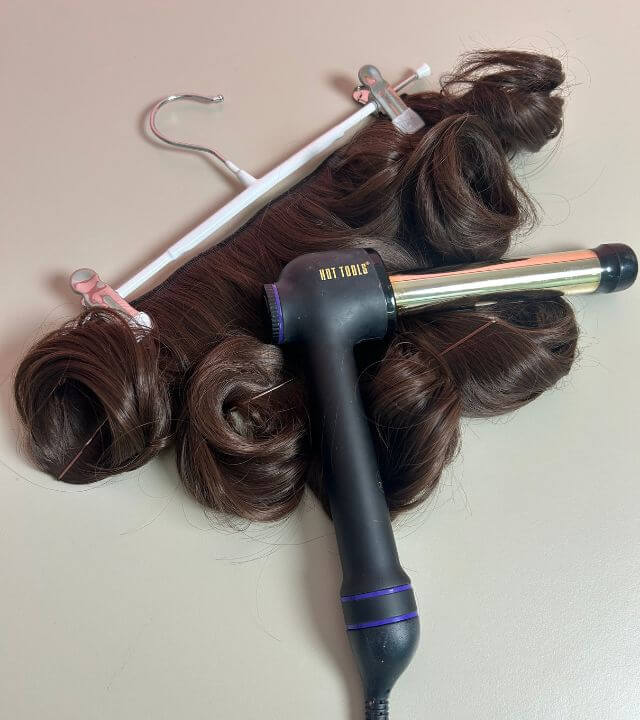
The materials used to make heat-resistant hair include special synthetic fibres such as Kanekalon, Toyokalon, or high-quality heat-friendly fibres. These materials are designed to mimic the look and feel of natural human hair while providing heat resistance.
Highlighting the limitations of non-heat-resistant hair extensions
Non-heat-resistant hair extensions have several limitations compared to heat-resistant hair extensions, particularly in terms of styling options and potential damage. Non-heat-resistant hair extensions cannot withstand the application of heat from styling tools, limiting the range of possible hairstyles. Using heat on non-heat-resistant hair extensions can result in irreparable damage to the fibres.
When to choose Non-Heat-Resistant hair
If you are on a budget and have no desire to adapt the style of your hair extensions with heat, and you are comfortable with the short-term usage of the extension piece then a non-heat-resistant extension may be the right option for you. There is a market for these products and they are sold in thousands every year, not all consumers require the additional benefits of heat-resistant hair.
Maintenance of Non-Heat-Resistant hair
Non-heat-resistant fibres can tangle more easily than heat-resistant fibres, so it's important to maintain proper care to get the most from your extensions. Always use a specially designed hair extension brush to detangle the fibres. If maintenance time and effort are not an issue for you then do not rule out the option of non-heat-resistant hair extensions.
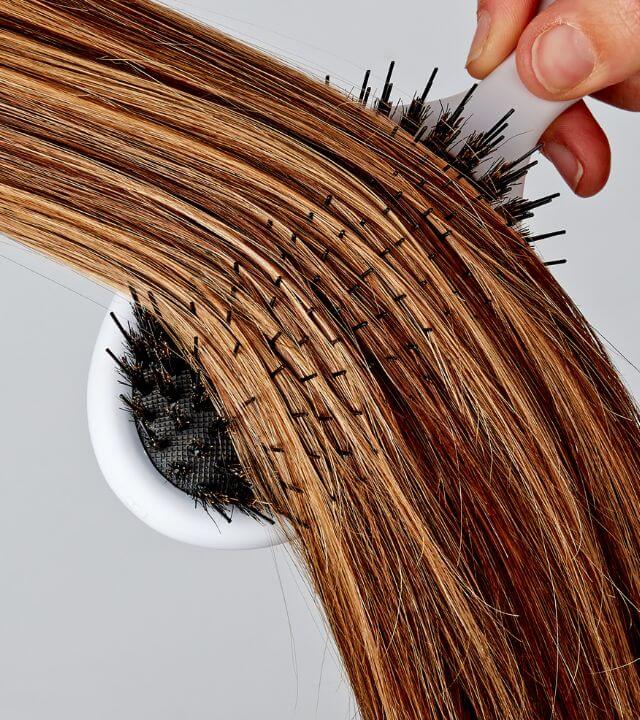
It is essential to use mild shampoos and conditioners and to handle the extensions gently to prevent tangling and breakage. Regular maintenance and proper care can help to prolong the lifespan of non-heat-resistant hair extensions and keep them looking their best.
In conclusion
For many women, the overall benefits of heat-resistant hair extensions outweigh the reduced price point of non-heat-resistant hair extensions. Some feel it is worth spending a little bit extra to be able to straighten, curl, or add waves to your heat-resistant extensions, as they can handle the heat without losing their shape or quality. With their ability to withstand styling tools and maintain their original appearance, heat-resistant hair extensions are a smart investment for anyone looking to enhance their hair with ease and confidence.
However, the demand for non-heat-resistant hair extensions is valid and the popularity of these cheaper alternatives suits the pockets and preferences of some women. In summary consider your style, expectations, budget and the knowledge provided by this article to make an informed choice for your desired outcomes.
Explore our tips and tricks for proper care and maintenance of synthetic hair extensions on our blog.
Found this helpful?
Why not check out some of our other articles? Or if you're a more visual learner, why not look at some of our handy How-To Videos?



























